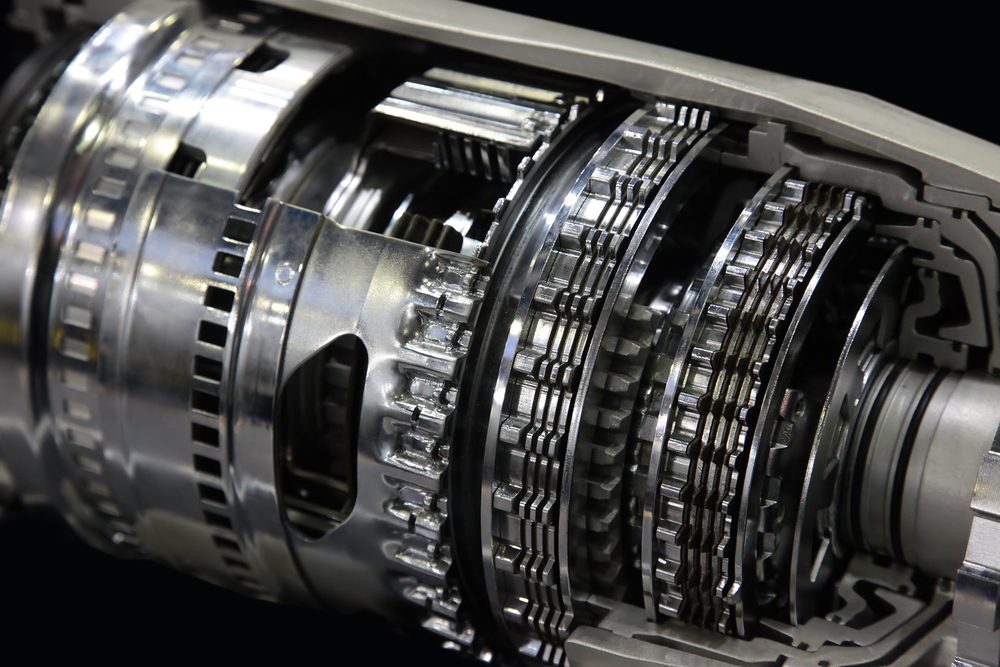What does a TCU do for a transmission?
A Brief Overview
A Transmission Control Unit (TCU) is a vital component of a modern vehicle’s transmission system. It plays a crucial role in ensuring smooth and efficient operation of the transmission, allowing drivers to shift gears effortlessly. The TCU constantly monitors various factors such as vehicle speed, engine load, throttle position, and more, to make real-time adjustments and optimize the performance of the transmission.
The Role of a TCU
The primary function of a TCU is to control the shifting of gears in an automatic transmission. It receives inputs from various sensors placed throughout the vehicle and uses the data to determine the optimal timing and intensity of gear changes. By continuously analyzing these inputs and making precise calculations, the TCU can ensure that the transmission shifts smoothly and efficiently, while also adapting to different driving conditions.
Shift Timing and Smoothness
One of the key responsibilities of a TCU is to regulate the timing of gear shifts. By monitoring factors such as engine speed and load, road speed, and throttle position, the TCU can accurately determine when to initiate a gear change. This ensures that the transmission shifts at the right moment, maximizing the vehicle’s performance and fuel efficiency. Additionally, the TCU helps to minimize any jolts or jerks during gear shifts, creating a smoother and more comfortable driving experience.
Adaptive Transmission Control
Modern TCUs are designed with adaptive transmission control capabilities. This means that they can learn and adapt to the driver’s behavior over time. By analyzing patterns in the driver’s throttle input, acceleration, and braking habits, the TCU can adjust the transmission’s shift points and shift firmness according to individual preferences. This adaptive control allows for a more personalized driving experience, where the transmission responds intuitively to the driver’s style.
Stability and Safety
In addition to optimizing shift timing and smoothness, a TCU also contributes to the stability and safety of the vehicle. For example, when the TCU detects certain driving conditions, such as slippery roads or sudden deceleration, it can intervene to prevent unnecessary gear changes that may compromise traction or stability. This proactive control helps to enhance overall vehicle safety, especially in challenging driving situations.
In Conclusion
A Transmission Control Unit (TCU) is an integral part of a vehicle’s transmission system. It ensures efficient and smooth gear shifting, adaptively responds to the driver’s behavior, and contributes to the stability and safety of the vehicle. The TCU’s ability to monitor and analyze real-time data allows for optimal performance and enhanced driving experiences. Next time you shift gears effortlessly, remember that it’s the TCU working diligently behind the scenes to make it possible.
Interesting Fact: Did you know that some luxury vehicles now have advanced TCUs that can communicate with other vehicle systems, such as the engine control unit (ECU) and the suspension system, to further enhance the performance and comfort of the overall driving experience?
What is the function of the TCU?
The Transmission Control Unit (TCU) plays a crucial role in the functioning of a transmission system. It is an electronic device that controls and regulates the operation of the transmission. The TCU receives information from various sensors and uses it to make decisions regarding gear shifting, torque converter lockup, and other transmission functions.
Gear Shifting
One of the primary functions of the TCU is to determine when and how the gears should be shifted. It analyzes data from speed sensors, throttle position sensors, and engine load sensors to calculate the optimal gear for the current driving conditions. By adjusting the hydraulic pressure and engaging and disengaging clutches, the TCU ensures smooth and efficient gear changes.
Torque Converter Lockup
The TCU is also responsible for managing the lockup clutch in the torque converter. When the vehicle reaches a certain speed, the TCU engages the lockup clutch to minimize slippage and improve fuel efficiency. This allows the engine power to be transmitted directly to the wheels without loss of energy.
Shift Quality
Modern TCUs are equipped with advanced algorithms that optimize shift quality. They monitor factors like engine RPM, vehicle speed, and throttle position to execute seamless and precise gear changes. By continuously adjusting shift points and timing, the TCU ensures a smooth and comfortable driving experience.
Diagnostic Capabilities
In addition to its main functions, the TCU also has diagnostic capabilities. It is capable of monitoring the transmission system for any faults or abnormalities. If an issue is detected, the TCU can store diagnostic trouble codes (DTCs) and provide valuable information to technicians during diagnosis and repair.
“The TCU is like the brain of the transmission, controlling all its functions and optimizing performance.”
Overall, the TCU is a critical component in a vehicle’s transmission system. Its precise control over gear shifting, torque converter lockup, and shift quality contribute to improved fuel efficiency, smoother driving experience, and extended transmission lifespan.
What does the TCM do on a transmission?
The Transmission Control Module (TCM) plays a crucial role in the operation of an automatic transmission. It is responsible for managing various aspects of the transmission’s performance to ensure smooth and efficient shifting.
1. Shifting Control
One of the primary functions of the TCM is to control the shifting of gears in an automatic transmission. It receives input signals from various sensors, such as throttle position, vehicle speed, and engine load, and uses this information to determine the optimal timing and smoothness of gear changes. By continuously monitoring these inputs, the TCM can adjust the shift points to suit driving conditions and driver preferences.
2. Traction Control
The TCM also works in tandem with the vehicle’s traction control system to optimize performance and stability. It can detect slippery road conditions and adjust the transmission’s behavior to prevent wheel spin and improve traction. This helps to enhance overall driving safety, especially in adverse weather conditions.
3. Torque Converter Lockup
The TCM controls the engagement and disengagement of the torque converter lockup clutch. This feature allows for a direct mechanical connection between the engine and transmission, reducing energy loss and improving fuel efficiency. The TCM monitors various parameters to determine the appropriate lockup timing and engagement strategy.
4. Diagnostic Functions
The TCM also incorporates diagnostic capabilities to detect and report any faults or malfunctions related to the transmission system. It can store trouble codes and provide valuable information for technicians during troubleshooting and repairs.
Did you know? The TCM constantly adapts and learns from the driver’s behavior to optimize shift quality and responsiveness.
In summary, the TCM plays a vital role in controlling the various functions of an automatic transmission. It ensures smooth and efficient gear shifting, enhances traction control, manages torque converter lockup, and provides diagnostic capabilities. The TCM’s ability to adapt and learn from the driver’s behavior further improves its performance and overall driving experience.



